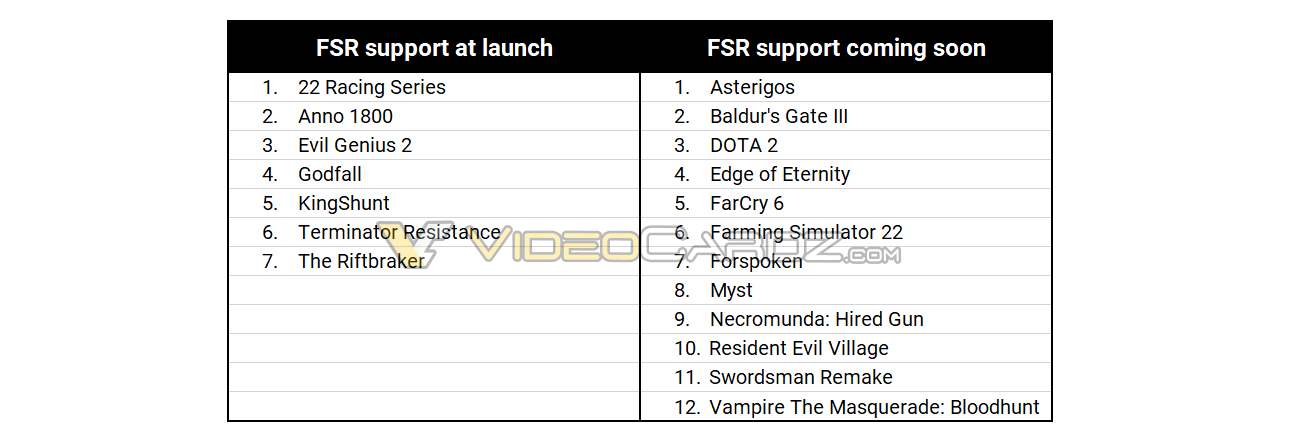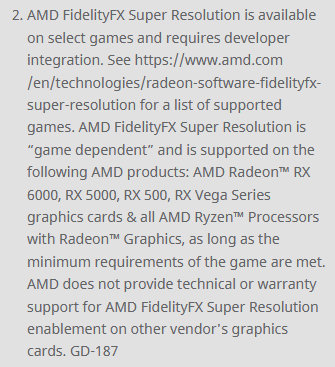I am being medium optimistic here. While you can't reconstruct texture details with spatial upscaling for obvious reasons (you can't reliably generate them even with SOTA methods such as GANs because probability space is just too large), you can still attack the jaggied geometry edges and transperent parts of textures even with the simplest methods such as depth aware upscaling, just render depth at higher res and clamp color to it (this is actually a common technic for alpha blending, low res post-processing, etc). When you think about it, even morphological AA methods can be extended to upres image since they decompose edges into simple shapes and revectorize them, you can certainly use the same method to create higher resolution appearance of geometry edges. There are other ways you can solve the edge scaling problem - with neral nets
such as this one (works only with already anti aliased image), or by
neural network simply generating unsharp mask or something along this line as on SHIELD TV. In other words, there is a lot of place for research and better spatial upscaling would certainly help smooth out corner cases for DLSS and other temporal super resolution technics (since it's an inherent part of them), such as the aliased edges for TSR in UE5 when you rotate camera around character for example.


